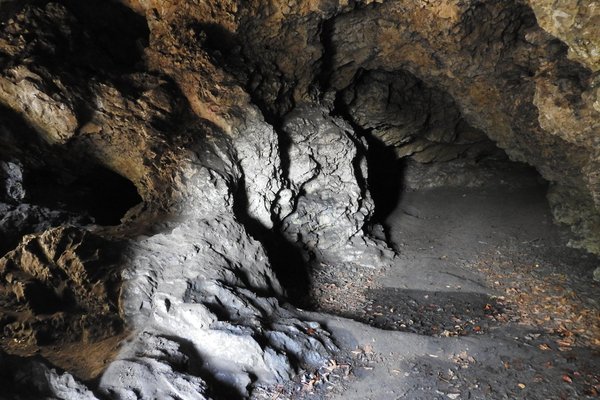Belgium
Les sites à fossiles néandertaliens de Wallonie
Site Info
Official Information
- Full Name
- Les sites à fossiles néandertaliens de Wallonie (ID: 6398)
- Country
- Belgium
- Status
-
On tentative list 2019
Site history
History of Les sites à fossiles néandertaliens de Wallonie
- 2019: Added to Tentative List
- Added to tentative list
- Type
- Cultural
- Criteria
Links
- UNESCO
- whc.unesco.org
All Links
UNESCO.org
- whc.unesco.org — whc.unesco.org
Community Information
- Community Category
- Archaeological site: Prehistoric
Travel Information
Recent Connections
News
No news.
Recent Visitors
Visitors of Les sites à fossiles néandertaliens de Wallonie
Community Reviews
Show full reviewsArgo
Les sites à fossiles néandertaliens de Wallonie
Les sites à fossiles néandertaliens de Wallonie (On tentative list)
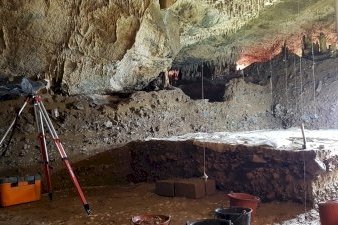
We managed to visit three of the four caves proposed under the name “Neanderthal fossil caves in Wallonia” in April 2023 : Spy, Scladina and Goyet.
Spy cave was already reviewed : as mentioned, this is more a shelter than a cave. It is well sign-posted from the car park and can be accessed at any time following a pleasant and easy walk in a wood. On that Sunday morning, the other people we met were doing some exercise or just enjoying the sunshine, and the cave could easily be missed or overlooked. There is nothing left from Neanderthal, just a plaque remembering those who discovered pieces of skeleton here (the famous “Homme de Spy” was found in 1886). We did not visit the nearby museum : its limited opening time did not fit well with our agenda.
Scladina (see picture) was by far the most interesting of the three caves, in my opinion, for still being an active archaeological site. Tours are by pre-booking only (25 people maximum per group) and usually operate on Sundays – and on some bank holidays : one tour in the morning in Dutch, one tour in the afternoon (at 2 pm) in French ; we joined the latter, with twelve other visitors. Check the website for detailed agenda and booking. You pay only upon arrival (cash or credit card). The tour was guided by a Scientist who was very nice and was able to explain her work with simple words, so …
Keep reading 0 commentsEls Slots
Les sites à fossiles néandertaliens de Wallonie
Les sites à fossiles néandertaliens de Wallonie (On tentative list)
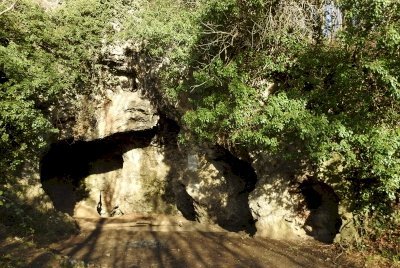
There are four fossil sites included in this TWHS: the Caves of Schmerling, Scladina, Goyet and Spy. They lie within a 50km circle around the city of Namur. Scladina can be visited with a guided tour on certain Sundays, Schmerling and Spy require a pilgrimage on foot and Goyet seems to be closed indefinitely. The Neanderthal remains and associated fossils of course have been whisked away to museums and universities long ago, but these sites are mostly about the Neanderthaler lifestyle and the development of Paleoanthropology as a science.
I choose Spy Cave for my visit. First I went to the museum about the findings in the nearby village. I was the only visitor, having easily secured a time-slot a day before by e-mail. The exhibition is in French but I received a folder with the texts in Dutch. You need those texts as the exhibition consists mostly of information panels. Spy Cave has brought us three Neanderthal specimen: a man, a woman and a small child. Their bones (discovered in 1886) were all mixed up and it took until 2010 to confirm there were three of them. The female had scars around her teeth which seems to indicate that she used toothpicks a lot! Unfortunately there are few findings on show – only some stone tools. Also there are copies of the bones of Spy I & II and an artist’s impression of how the Neanderthal man would have looked like. They must see a lot of school …
Keep reading 0 commentsJakob F.
Les sites à fossiles néandertaliens de Wallonie by Jakob Frenzel
Les sites à fossiles néandertaliens de Wallonie (On tentative list)
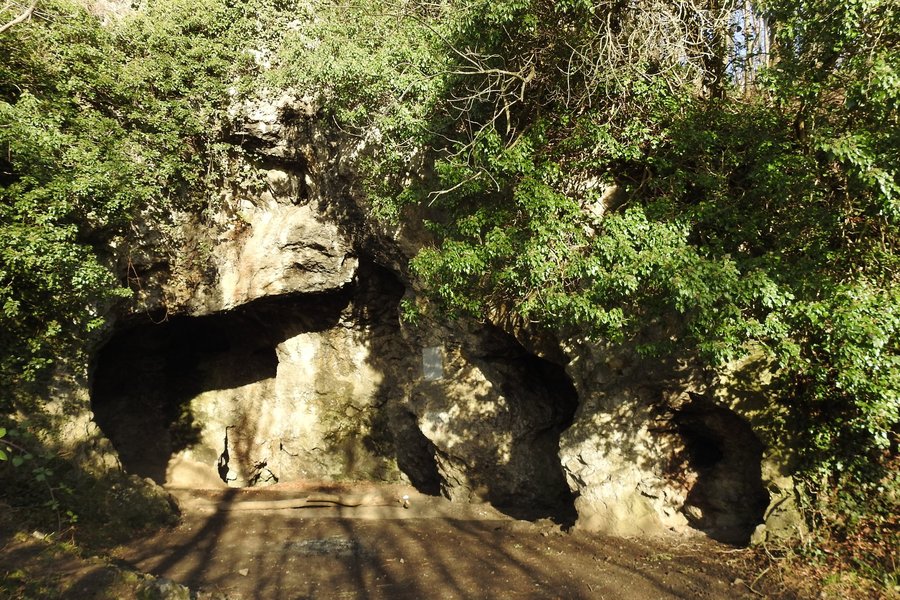
July 2018 - we spent the night just 200metres from the entrance of Grotte de Goyet on our trip to France. We did take a walk through the little town, and even came by the entrance to this cave. However, it was not on the tentative list last year, so I would rather call it a near miss, than counting it to the visited sites.
But maybe it should be an extensions to the flint mines in Mons? I don't know. Anyway, we can recoomedn the campground nextby, its very calm and green.
Keep reading 0 commentsZoë Sheng
Les sites à fossiles néandertaliens de Wallonie
Les sites à fossiles néandertaliens de Wallonie (On tentative list)
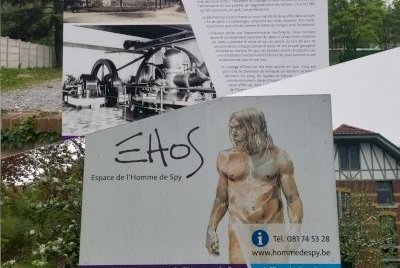
I've been to at least 4 human fossil sites around the world and that's only world heritage so there are probably a half dozen more and now I can add Wallonia to the list. I went to the small museum in Spy, assuming that the Spy Cave (cool name for either a Jason Stratham action flick or a Clive Cussler book.
I did not visit the cave itself because I believe it is off-limits and all items found inside have been moved already.
The museum has weird opening hours: Wednesday to Sunday only 13:00-17:00. They don't get many visitors. There is also not much English available with most in French and Dutch only. Hardly makes the 5 Euros worth it. Besides, as I mentioned before the addition of yet another human evolution site feels overkill, then a study to include only the main sites is needed because they just keep coming.
Keep reading 0 comments
